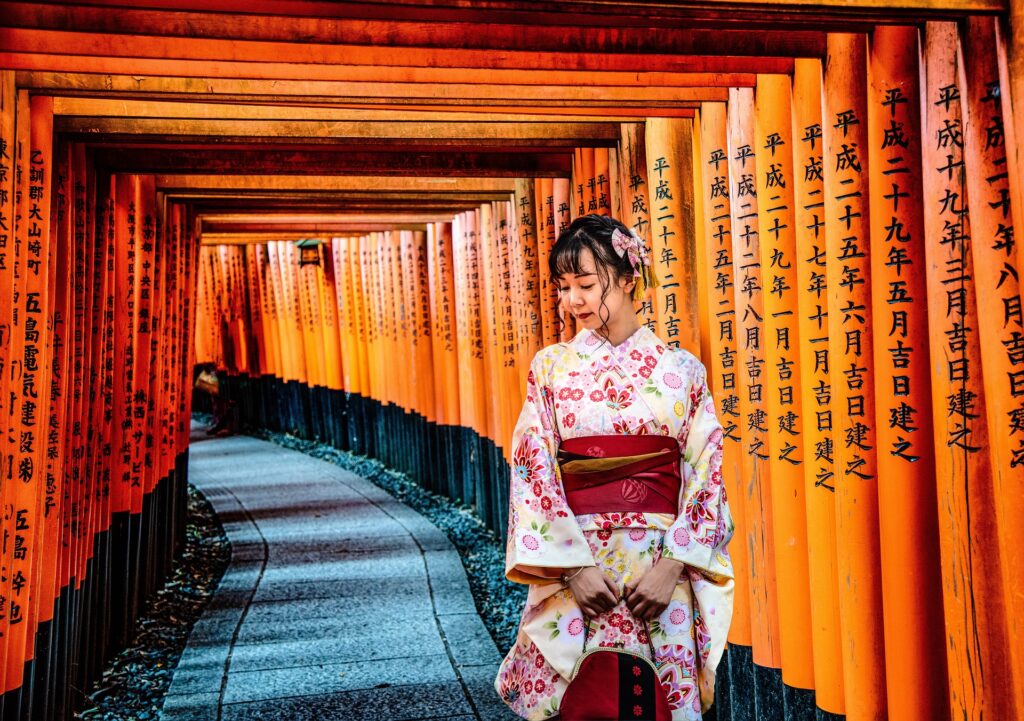
Japan is a country rich in culture and traditions that have been passed down through generations. From captivating performing arts to serene rituals, exploring Japanese culture is an immersive experience like no other. In this article, we will delve into two iconic aspects of Japanese culture: Noh theatre and tea ceremonies. Join us on this journey to discover the beauty and depth of these traditional practices.
- Noh Theatre: Preserving Ancient Artistry
Noh Theatre, with its origins dating back to the 14th century, stands as a testament to Japan’s rich theatrical heritage. The performances blend poetry, music, and dance, evoking a sense of spirituality and mystique. The distinctive masks and costumes, meticulously crafted, add an otherworldly charm to the experience. To truly appreciate the artistry of Noh, attending a performance at renowned venues like the National Noh Theatre in Tokyo or Kanze Noh Theatre in Kyoto is a must.
- Tea Ceremonies: Harmony and Elegance
Japanese tea ceremonies, known as chanoyu, embody grace, tranquility, and mindfulness. The ritual of preparing and serving matcha tea showcases the meticulous attention to detail that defines Japanese culture. From the precise hand movements to the carefully selected tea utensils, every element is orchestrated to create a moment of harmony between the host and guests. To experience an authentic tea ceremony, visiting tea houses in Kyoto’s historic districts or participating in a tea ceremony workshop is highly recommended.
- Geisha Culture: Grace and Refinement
Immerse yourself in the enchanting world of geishas, the epitome of grace and refinement in Japanese culture. In Kyoto’s Gion district and other geisha quarters, you can witness the artistry of geikos (geishas) through their traditional performances. Adorned in exquisite kimonos and intricate hairstyles, geishas captivate audiences with their graceful movements and captivating presence. By attending performances or participating in tea house meetings, you can gain a deeper appreciation for this revered aspect of Japanese culture.
- Festivals: Vibrant Celebrations of Tradition
Japanese festivals, or matsuri, offer a window into the heart of Japanese communities. From the mesmerizing dances of Bon Odori to the exhilarating processions of the Gion Matsuri, these festivals celebrate the nation’s heritage and bring people together. With colorful costumes, lively music, and delicious street food, festivals provide an immersive experience where visitors can partake in traditional rituals and feel the contagious joy that fills the air.
- Ikebana and Bonsai: Artistry in Nature
Discover the artistry of ikebana, the Japanese art of flower arrangement, where beauty and simplicity harmonize to create captivating compositions. Ikebana emphasizes balance, space, and the interplay between natural elements. Meanwhile, bonsai, the art of cultivating miniature trees, showcases the profound connection between humans and nature. Visiting renowned gardens and exhibitions dedicated to ikebana and bonsai offers a chance to witness these exquisite art forms up close and gain a deeper understanding of their cultural significance.
Conclusion : Embarking on a journey through the rich tapestry of Japanese culture and traditions is an invitation to explore the soul of this captivating nation. From the ethereal performances of Noh Theatre to the serene elegance of Tea Ceremonies, each experience offers a glimpse into the profound depth of Japan’s heritage. Whether you find yourself captivated by geisha culture, enthralled by festival celebrations, or in awe of the artistry in ikebana and bonsai, embracing these traditions allows you to forge a deeper connection with the essence of Japan. So, dive into this world of beauty and tradition, and let Japan’s cultural wonders envelop your senses in an unforgettable journey.
